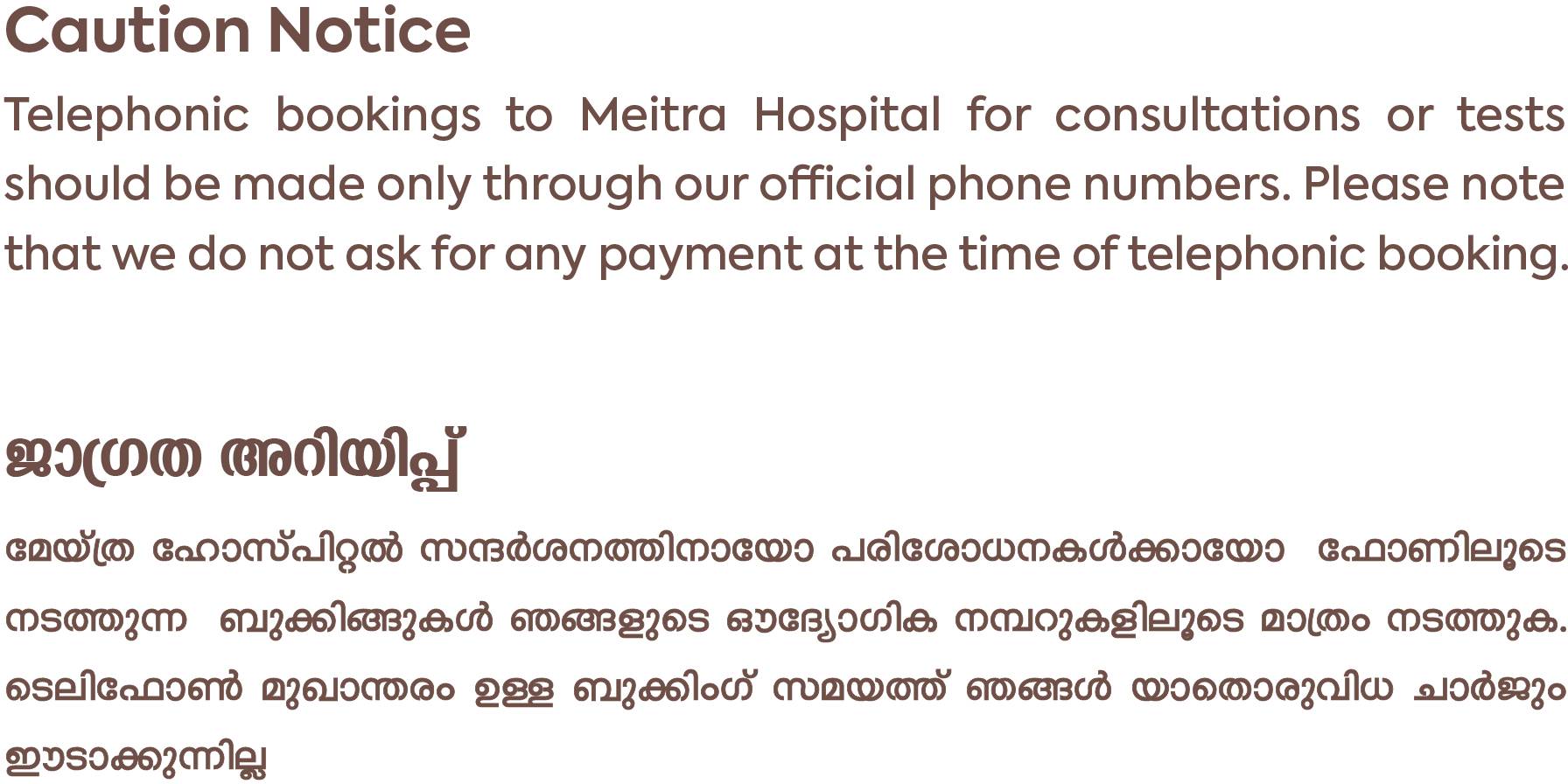- Our Doctors
- Our Specialities
Super Speciality
-
 Clinical Laboratory and Pathology
Clinical Laboratory and Pathology
-
 Clinical Nutrition and Dietetics
Clinical Nutrition and Dietetics
-
 Critical Care
Critical Care
-
 Dental and Maxillofacial Surgery
Dental and Maxillofacial Surgery
-
 Dermatology
Dermatology
-
 Ear, Nose and Throat (ENT)
Ear, Nose and Throat (ENT)
-
 Emergency and Trauma
Emergency and Trauma
-
 Endocrinology and Metabolic Disease
Endocrinology and Metabolic Disease
-
 Family Medicine
Family Medicine
-
 General and Laparoscopic Surgery
General and Laparoscopic Surgery
-
 General Medicine
General Medicine
-
 Heart and Lung Transplant
Heart and Lung Transplant
-
- Key Procedures
- Our Hospitals
- International Patient
- Royal Suite
-
Quick Links


TAVR
Transcatheter aortic valve replacement (TAVR) also known as percutaneous aortic valve implantation, transcatheter aortic valve implantation is the replacement of the aortic valve of the heart through the blood vessels. This is a procedure that replaces a diseased aortic valve with a man-made valve. Transcatheter aortic valve replacement may also be called transcatheter aortic valve implantation (TAVI).
How and why it is done?
Transcatheter aortic valve replacement (TAVR) is a newer, minimally invasive approach for treating aortic valve disease. During transcatheter aortic valve replacement, thin tubes called catheters are inserted through an artery in the leg to reach the heart.
TAVR can help restore blood flow and reduce the signs and symptoms of aortic valve stenosis such as chest pain, shortness of breath, fainting, and fatigue. This surgery is an alternative to open-heart aortic valve replacement surgery. Patients undergoing TAVR often have a shorter hospital stay than those who have conventional surgical aortic valve replacement.
Evolution of Cardiac Sciences in Kerala | Dr. Ali Faizal
Frequently Asked Questions
How long does TAVR surgery take?
A TAVR procedure takes about 90 minutes to complete, whereas open heart surgery typically takes 4-to-6 hours. With TAVR, patients recover faster than they would after a traditional open-heart valve replacement.
Is TAVR better than open-heart surgery?
A multicentre clinical trial has found that transcatheter aortic valve replacement (TAVR) performed better than open-heart surgery in low-risk patients with severe aortic stenosis.
Who is considered high risk for TAVR?
TAVR is currently approved for high-risk patients, which can include people in their 80's, and people with severe diseases like heart failure and lung disease.




















































